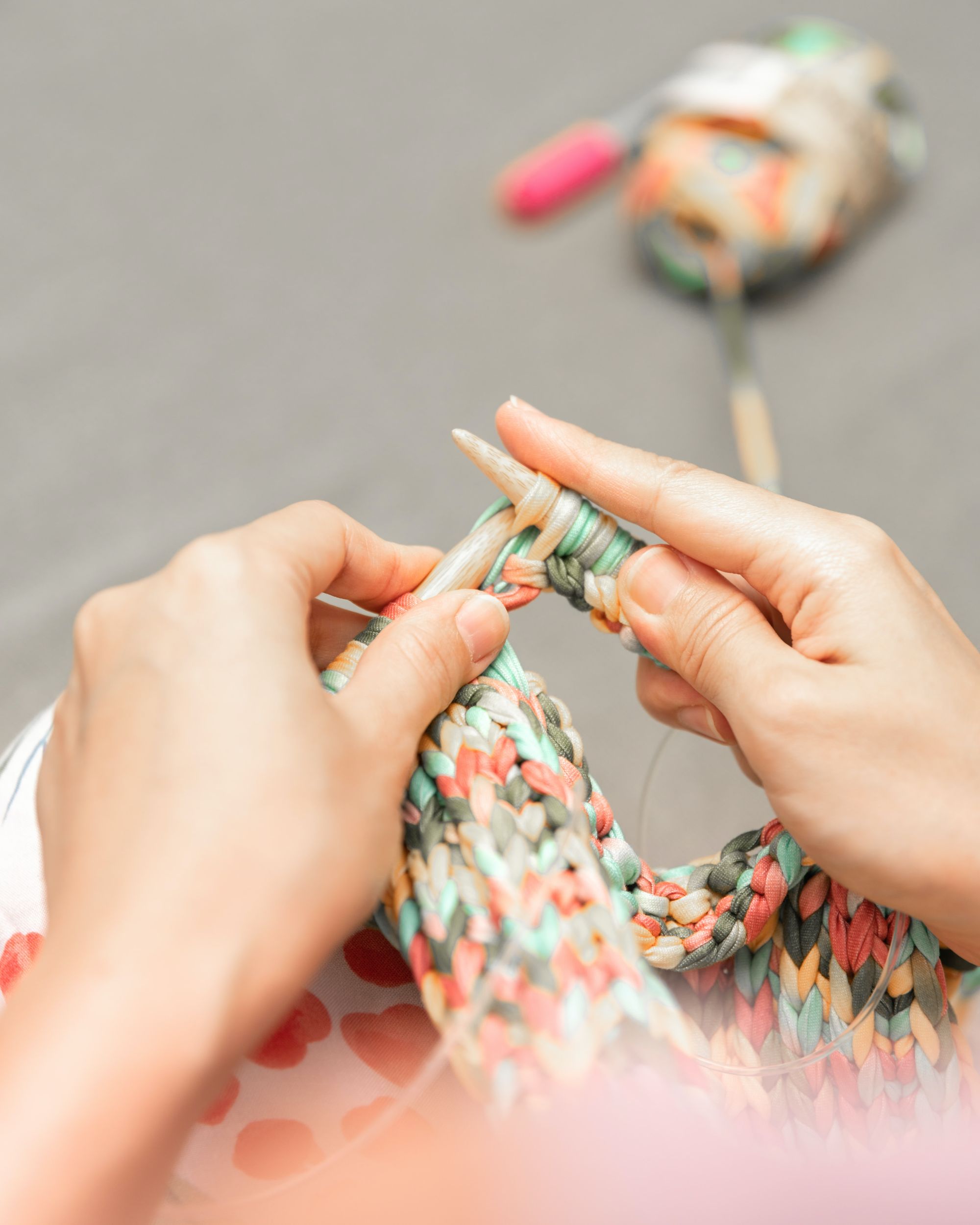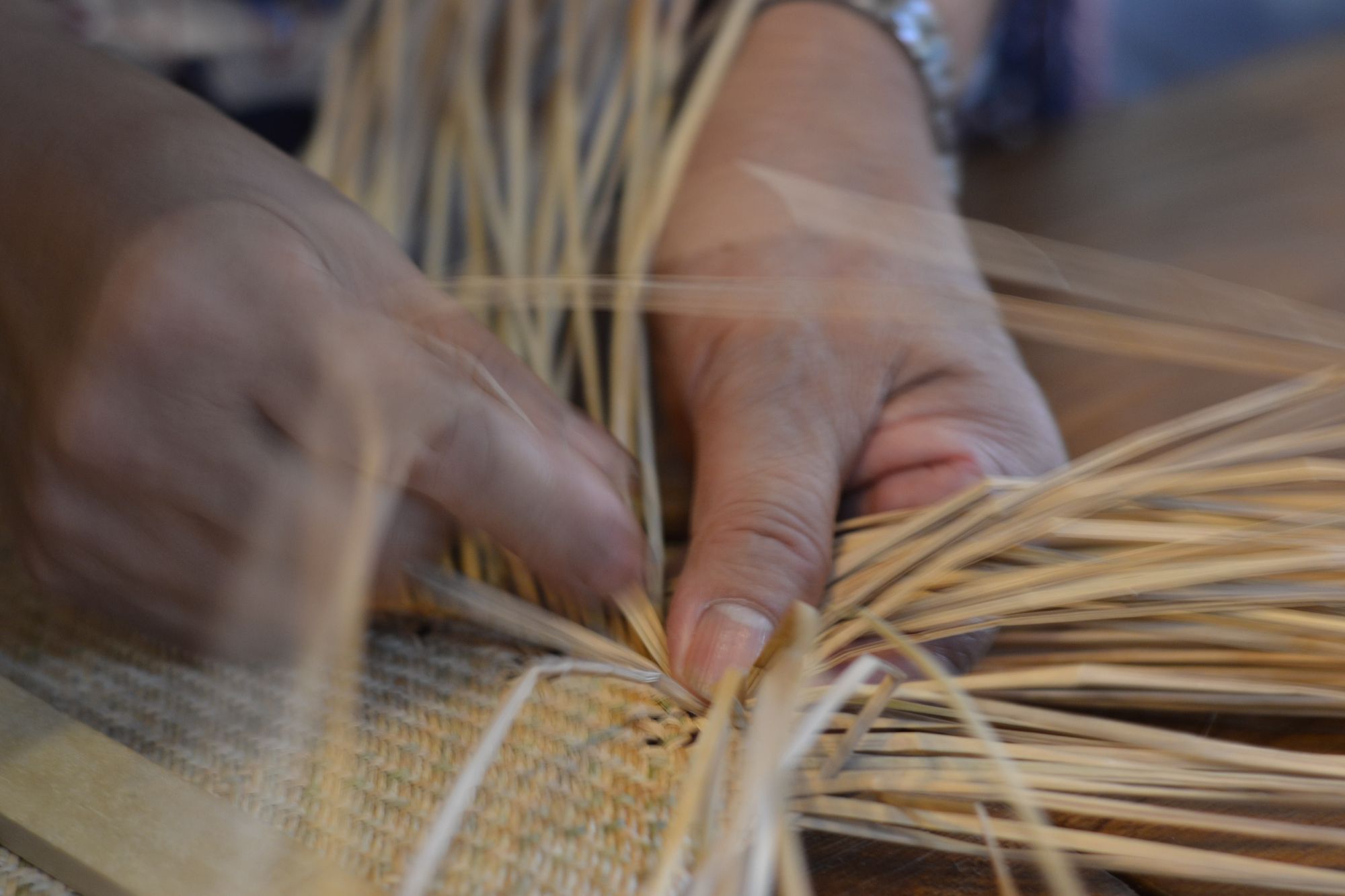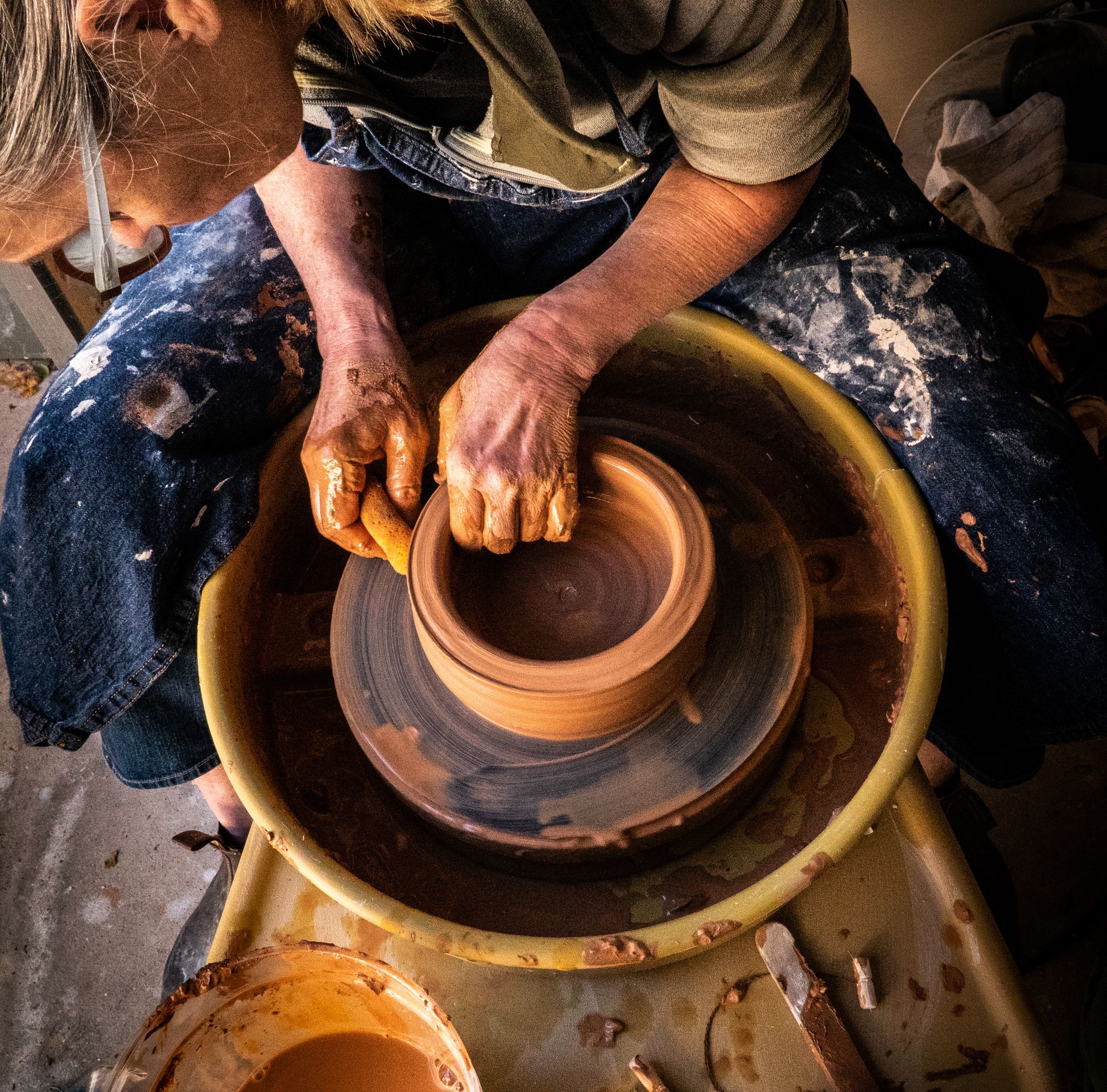Check out https://indiesellersguild.org/shops to shop ISG-verified indie sellers this holiday season.
As Thanksgiving fades behind us and holiday time fast approaches, I find myself frantically thinking through everyone I still need to shop for before the end of December. As most of my family members don’t really need anything I can get them, I prefer to search for the unusual little finds, the gifts that fit their tastes and interests, the things that they never knew existed but would absolutely love.
One of the best places to find such treasures is in the small handmade and vintage shops of indie sellers.
I am both an indie seller and a customer of indie sellers. I love supporting my fellow makers, supporting small businesses, and supporting sellers' creative talents. I love knowing an artist ACTUALLY made or designed what I bought, that the person I talked to when I ordered is the one who put that order together with their own hands and sent it to me.
But I have also been an indie seller — someone who designed and made clothing from scratch, usually customized to the buyer. I know what it’s like to try and meet the needs of customers as a one-person shop. To have to continuously explain why I have to run things differently than a big store.
If you want to shop from indie sellers this holiday season, here are some tips on how to buy in a way that truly supports them and gives everyone a better experience.

Place your order early
Like now... right now. Seriously. Indie sellers get so swamped in the weeks leading up to the end of December that if you wait to do your shopping until after Thanksgiving, there is a good chance you will not be able to get your gift in time. Many indie sellers do not have a lot of products premade. They don’t have the space to keep a large inventory on hand, and they don’t want to sink a large cost of supplies, time, and energy when they don’t know exactly what will sell. That means when you place an order, they often have to MAKE your order before they send it. Truly making things by hand takes time.
Even those who have inventory on hand (or sell vintage or craft goods that are not handmade) still have to go through the list of orders, select and package each order (somehow there’s always one less shipping box than you need!), print shipping labels, pack the boxes into their car, and run to the post office. The vast majority of indie sellers are a shop of one, and so just one person has to handle all the steps–nothing is automated. You know all those extra little details you enjoy from an indie seller, like a handwritten thank you note? They have to handwrite every single one of those and, believe me, that time adds up.
So help yourself and sellers out by doing your shopping early. You will get more attention from the seller if they are not already overloaded with orders, you will make sure you get your gift on time for the holidays, and the seller will be able to manage their order flow.
Check if a seller has their own website
As marketplaces charge sellers higher and higher fees, and the ever-changing algorithm gets harder and harder to navigate, sellers are desperately trying to build their own stable websites and web presences to sell from. So when you find something you love, before you make that purchase, check the seller’s About section and see if they link to an independent website where that item is for sale. This can be especially important for custom orders, where the flexibility of their own website will let sellers better describe and communicate with buyers.
Make sure to read everything
I mean everything. That means even the photos, as sellers often include important information (especially about color choice) in the images. Read the shop policies, so that you know the return policy, shipping policy, etc. And most importantly, read the listing description.
I know it can be tricky. Every platform puts those items in different places and they are not always easy to find. On some of the platforms (Etsy, I’m looking at you), the actual product description is kind of hidden under the place where you select what to buy, and you have to click ‘Read More’ to see the whole thing. But it prevents a lot of unhappiness later if you find and read the entire listing description before you purchase.
In the listing description, listing images, and shop policies you will find critical information. For example, that a product is made to order and therefore won’t ship out for a number of days or weeks after the purchase is made. Or typical shipping times and how to upgrade. The listing description is usually where you will find size charts, materials information, and other important details. Indie sellers love to offer ways to customize your product, and that information is often described in detail in the product information. Sometimes buyers will order customization but not see the instructions on how to let the seller know what customization they want. And then the seller has to reach out and ask, which takes them extra time, and if the buyer doesn’t respond quickly then the seller can’t fulfill the order on time.
I know… it’s not a great system! But sellers really don’t have any control over it. Sellers can only set up listings within the constraints of the platforms they are on. We try (we really try) to make sure the most important information is as obvious as possible, putting it in the title or one of the images. But sometimes there is just more information than we can fit, and we need to use that description. Or we need those photo spots for other images.
As for shop policies, keep in mind that every indie seller, every Etsy shop, is a different small business. The policies for each shop can be entirely different, especially for custom orders, returns, and shipping. You can’t assume this shop takes returns just because the last shop you bought from had a 30-day return policy.
So, please, save yourself and sellers from frustration and disappointment. Take the time to read through all the information on the listing and shop policies to make sure you know exactly what you’re ordering and have the best experience possible.

Have patience
Sellers are human, too.
Like I mentioned, most sellers are working their shops alone, from home. We don’t get scheduled days off from our businesses. We really try to respond in a timely manner to all messages and orders. But sometimes, life gets in the way, and we don’t get to something. Our kid or pet (or we!) may have gotten sick, or the car broke down, or any number of things might have happened that means we can’t respond today.
I know with big stores, buyers have gotten used to on-demand chat and emails within 24 hours. But a single person just can’t meet that kind of timeline — not unless they are at the mercy of their computer. So please, have a little patience, and give sellers a couple days to respond to messages or get your order to the post office. If it’s really urgent, or it’s been long enough that you think your message got missed, just send a polite follow-up nudge.
In addition, sellers have no control over delays with production partners or shipping carriers. If the business that prints their hand-drawn stickers is running behind, or UPS is extra slow, it is completely out of a seller’s control. Yet another good reason to get your orders in early — you can avoid the holiday slowdown.
Don’t ghost a seller if you decide not to order
We understand. Not everyone is going to order. People will often like a product, but then as they learn more about it, or have a conversation with the seller about exactly how long it is going to take or how expensive it is going to be, they will realize this is not the right product for them. It’s disappointing, but we get it.
If you have already been discussing a product with a seller and decide not to buy, please don’t ghost us. Just send us a short polite message saying you decided not to buy or decided to get something else. We can handle it, I promise. And trust me, getting that information is way better than just never hearing from a buyer.
Because we only have so many orders we can fulfill at once. And if we spend time talking to you about an order, and then all of a sudden you stop responding, we don’t know if you are going to come back wanting to place an order that we may no longer have time to fulfill. Or you were interested in a product we had in inventory, someone else may now want to purchase it. We don’t want to sell it out from under you, but we also don’t want to lose the sale if you are no longer interested. So please, just let us know.
Also, if you did want the product but something doesn’t work for you, you can always politely let the seller know. Not all sellers will be able to make adjustments for you, but many sellers will try and make it work.
Contact the seller before leaving a poor review
Indie sellers not only want to make a sale, we want our customers to be happy and have a good experience. We want to share what we love with you. Most of the time, sellers will try and work with customers as much as possible. And most issues can be avoided by following the suggestions of this article: ordering early to avoid delays, reading everything beforehand so you are not surprised, remembering that sellers are human, and understanding that there are some things that sellers have no control over.
But customers often don’t realize that reviews can have an immediate effect on how a marketplace’s algorithm shares a seller’s shop. What may feel like simply sharing your opinion for other customers directly affects a seller’s livelihood — not just by adding feedback for buyers to check before buying but by affecting whether or not that listing or that shop even shows up in a search. Depending on the algorithm, sometimes even a 3- or 4-star review can negatively affect a shop’s standing in search results. In some marketplaces, if a buyer posts a negative review and the seller does provide a remedy, it can still be difficult to remove or change that negative review, even if the buyer is now happy with their purchase.
So, please, reach out and give sellers a chance to work with you before posting a negative review that might significantly affect their ability to support themselves. If you want to share your experience for other customers without affecting a shop in the algorithm, consider a 5-star review with text that describes your concerns. That way potential customers can read it, but it won’t hurt the shop’s search rankings.

Leave a positive review
On the flip side, please, please, please leave a positive review! Often only upset customers take the time to leave a review, which can leave a skewed perspective. Positive reviews not only directly impact a seller’s search rankings and sales, they also make a seller’s day.
And if you really want to help a seller out, don’t just leave a review on the marketplace where you bought the item; also leave a review on their Google business listing. Sellers often link their business social media accounts in their shop; go there and leave a comment or share a picture. By leaving reviews in places other than major marketplaces (cough, Etsy, cough), you help sellers grow their web presence beyond marketplaces that take large fees and have anti-seller policies.
Even better, take a picture and post it on your social media, then tag the indie seller. That increases their exposure by sharing their work with your circle. And again, circling back to those pesky algorithms, the more mentions and tags an account has, the more traffic they get. So what takes you a few minutes adds up to more web presence, more views, more sales, and more ability for indie sellers to earn a living wage.
So as the days get colder and we start thinking up our gift list, please consider supporting creative indie sellers this holiday season. When you shop with an indie seller you know your purchase directly goes to support a maker, that your order makes someone’s day, and that the gift you receive is sent with care and love. And please remember these tips so that you and sellers can have the best experience possible.
Chiarra Lohr is the Interim Secretary-Treasurer at the Indie Sellers Guild, a new grassroots organization to fight for the rights of creative indie sellers in the platform economy.


